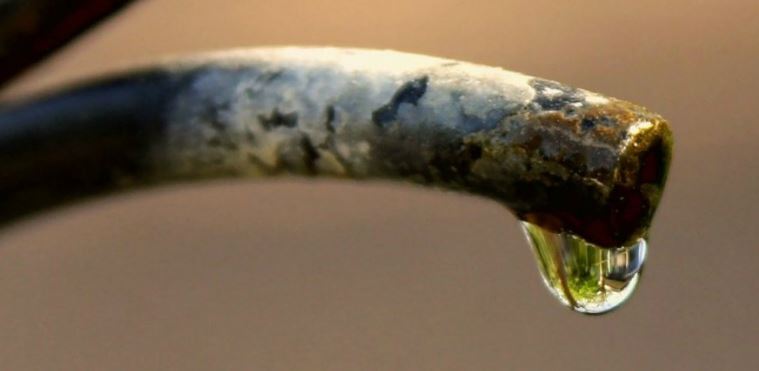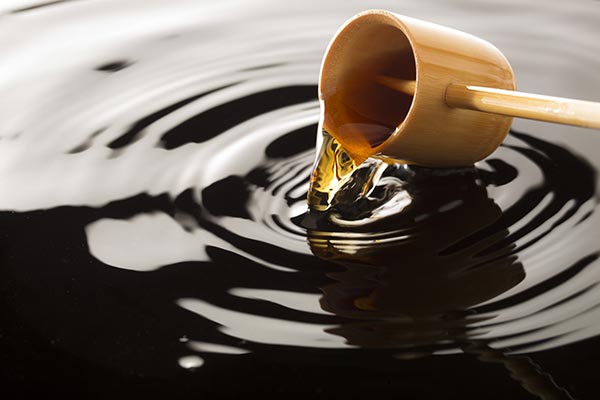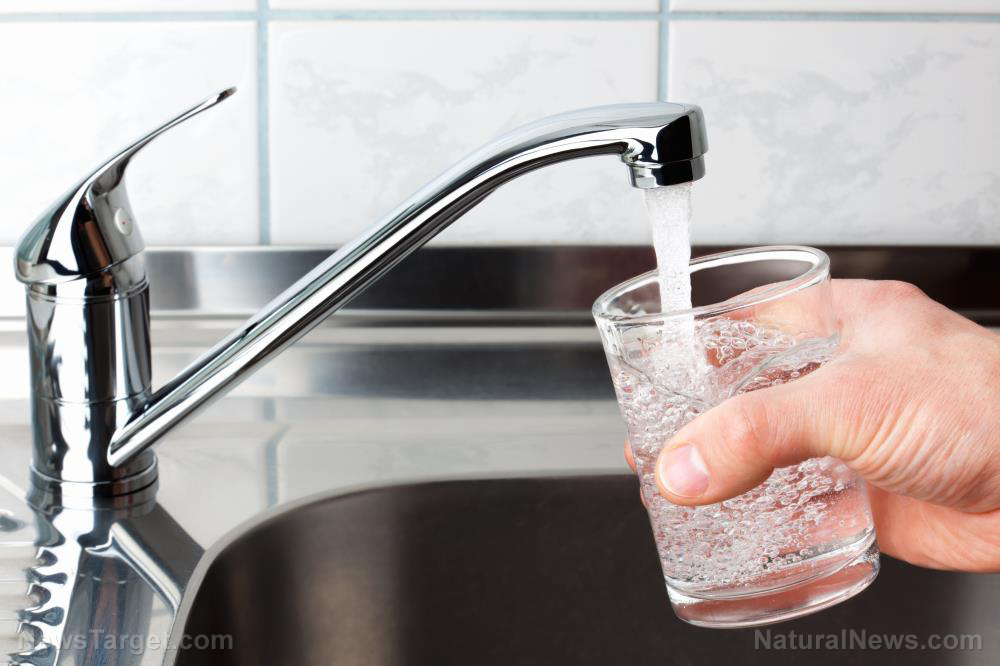Many toxic water incidents are HIDDEN from the public, so take a sip at your own risk
09/19/2020 / By Cassie B.

If you assume your tap water must be safe to drink because you haven’t heard otherwise, you could be gambling with your health.
Seven years ago, the American Society for Civil Engineers issued a warning that most of the country’s drinking water infrastructure was “nearing the end of its useful life.” Not much has been done since then to resolve the problem, and now it is emerging that many toxic water incidents are hidden from the public.
The Office of Inspector General criticized the EPA and various U.S. water utilities in a 2019 report for failing to consistently and accurately report drinking water risks. According to the OIG’s investigation, there are a series of problems that could be putting public health at risk from contaminated drinking water supplies.
For example, they found that some of the agencies responsible for enforcing water regulations have not been consistent in enforcing public notice requirements. Many have not been reporting and tracking violations, nor have they been consistently issuing public notices. Because the EPA’s oversight protocols don’t cover all of the public notice requirements, some agencies can’t be sure whether the public water systems in their purview are notifying consumers of safety violations.
They also say the public water systems do not have accurate guidance related to the tools currently available for issuing public notices and could be missing out on chances to inform people effectively of problems with their drinking water. On top of that, the public notice guidance that the EPA gives to public water systems and primary agencies is outdated and does not reflect the current regulations.
Lead contamination is rampant
One of the big problems that people need to know about is lead contamination. Most people are aware of the lead controversy in Flint, Michigan, but several other American cities have also had drinking water that exceeds EPA action limits for lead. These include Providence, Rhode Island; Pittsburgh, Pennsylvania; Portland, Oregon; Tualatin Valley, Oregon; and Passaic, New Jersey.
In 2018, blood levels exceeded federal limits in Newark, New Jersey, three times in a row. The city gave some residents water filters and advised others to drink bottled water. Twenty-two percent of samples of drinking water there were found to contain lead levels that exceed the federal standard, and the attention that was brought to the matter prompted the city to replace lead service lines.
However, other areas are not being as proactive. A report issued by the National Resources Defense Council in 2018 found that nearly 30,000,000 Americans were drinking water that exceeded EPA thresholds for lead and copper from January 2015 to March 2018. This group included 5.5 million people who were drinking water with an unacceptable level of lead.
Glyphosate and fluoride make lead problems in water worse
Making matters worse is the fact that widespread glyphosate use can make water more effective when it comes to stripping lead from pipes. Indeed, the first patent for the chemical was issued for an application using it as a descaling agent for cleaning mineral deposits from pipes and hot water systems. The Flint River and its tributaries are used for draining agricultural regions where glyphosate is heavily used, which may explain why the water from the river was 19 times more corrosive to lead then Detroit water. Fluoride can have a similar effect.
With outbreaks of the deadly form of pneumonia known as Legionnaire’s disease covered up in Flint, Loma Linda and other places, it has never been more important to be proactive about ensuring the safety of the water you drink. It’s clear that the authorities cannot be a depended upon to inform the public about problems with our water, so consider using a water filtration system, ideally with reverse osmosis or ion exchange.
Sources for this article include:
Tagged Under: city water, clean water, drinking water, flint, glyphosate, Lead, tap water, toxins, water, Water contamination, water filters, water supply
RECENT NEWS & ARTICLES
COPYRIGHT © 2017 FOOD SCIENCE NEWS




















